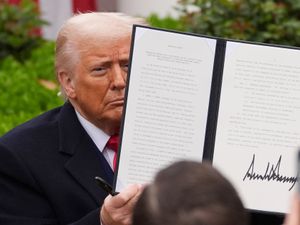Remembrance Sunday: Black Country and Staffordshire fall silent to remember fallen heroes
'At the going down of the sun and in the morning, we will remember them; we will remember them'
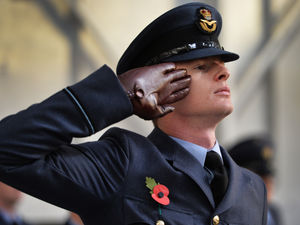
The poignant words of Laurence Binyon's For The Fallen poem rung out across the Black Country and Staffordshire this morning as the region paid tribute to its fallen heroes.
As well as being Remembrance Sunday – the 11th day of the 11th month – today also marks 100 years since the First World War Armistice. Also known as the Armistice of Compiègne, after the place where it was signed, the Armistice came into force at 11am on November 11, 1918, and marked the end of fighting in the First World War.
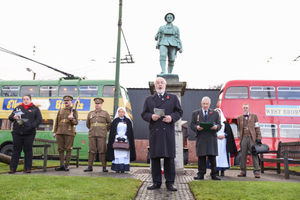
Rays of sunshine peeped through the cloudy skies as people from all faiths and backgrounds came together to pay tribute to the millions across the globe who sacrificed their lives.
Poignant services marking the milestone were held at monuments dedicated to fallen soldiers across the Black Country and Staffordshire, with countless wreaths of poppies laid in tribute.
A small crowd woke in the early hours of the morning to watch a lone piper play a lament on the steps of St Peter's Church, marking the start of Wolverhampton's Remembrance Day services.

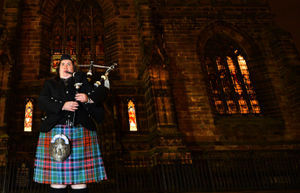
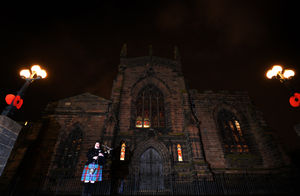
The traditional lament 'Battle's Over' echoed through the heart of the city as it was played at 6am, exactly 100 years since the armistice agreement was signed to end the First World War.
It came as part of a nationwide mark of remembrance which saw 1,000 similar events across the country.
A parade led by the Pipe Band of West Midlands Fire Service later left Wulfruna Street before arriving into St Peter's Square for a traditional drumhead service, a two minute silence and civic service in the church.
Wolverhampton South East MP Pat McFadden paid his respects at Bilston's Remembrance Sunday service, which included a parade towards Oxford Street's war memorial.
He said: "Remembrance Sunday is the day more than any other when the country comes together and divisions are set aside.
"It is always a special moment but particularly so this year as we have marked the 100th anniversary of the end of the First World War.
"I want to pay tribute to the Royal British Legion, to local schools, to Wolverhampton Council and to everyone who worked to organise so many events to mark this anniversary.
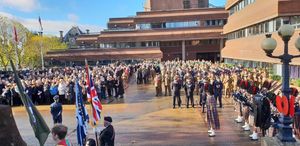
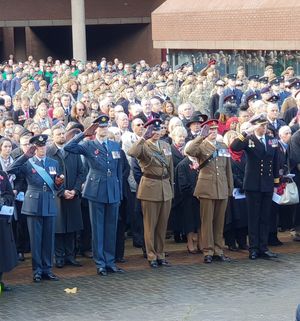
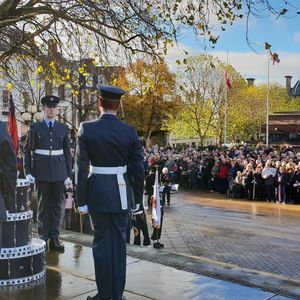

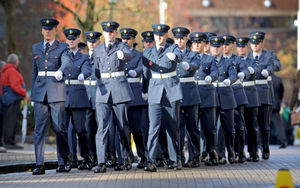
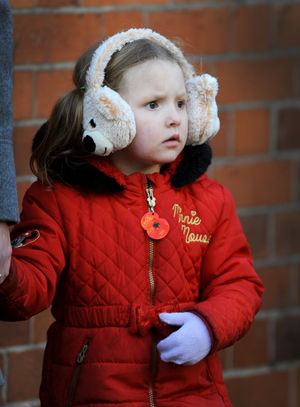
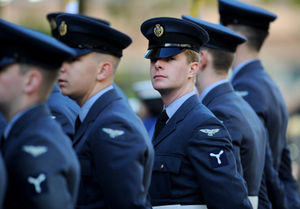
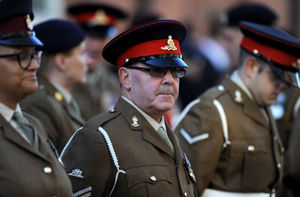
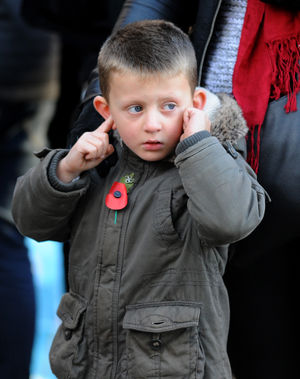
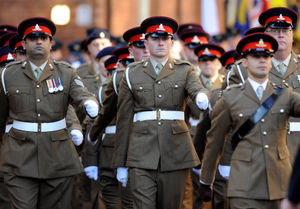
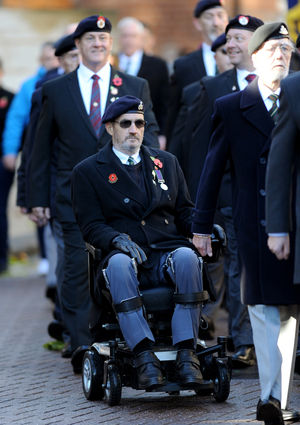
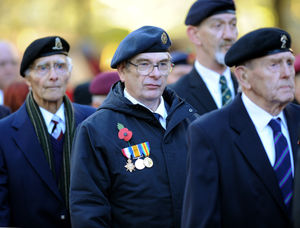
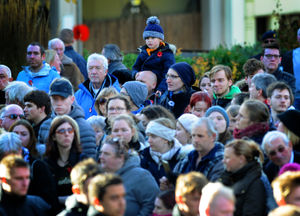
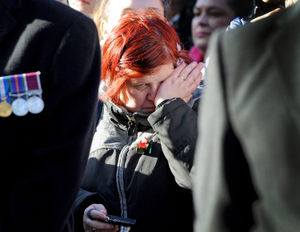
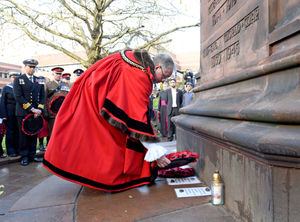
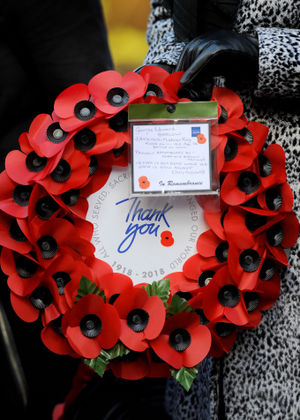
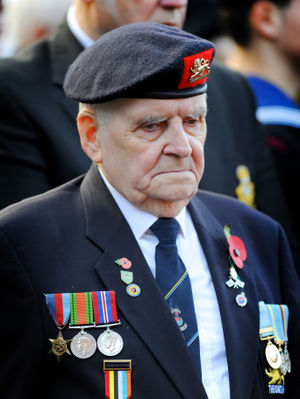
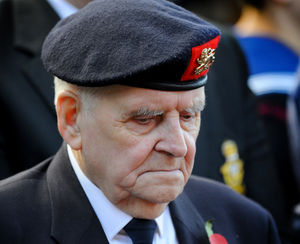
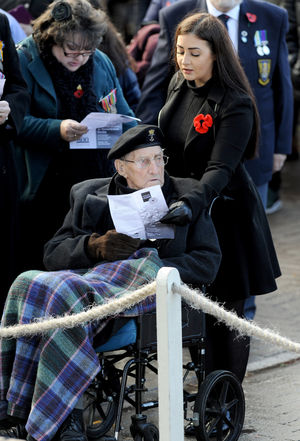
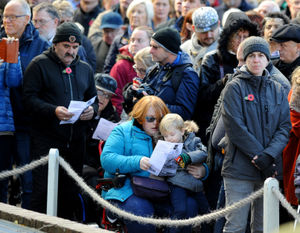

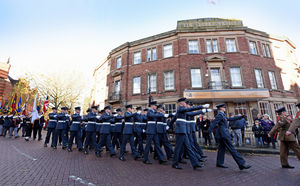
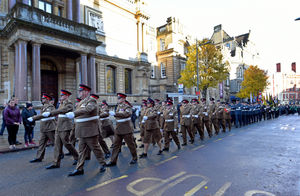

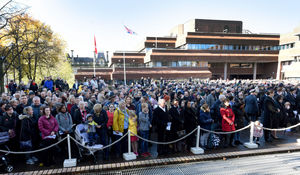
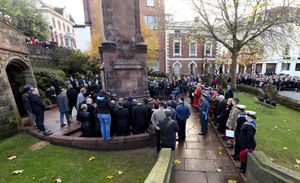
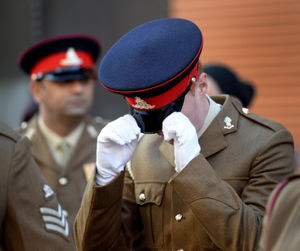


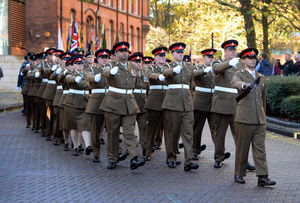
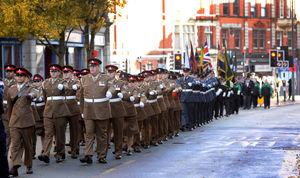
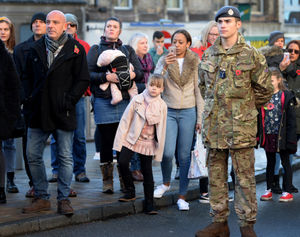
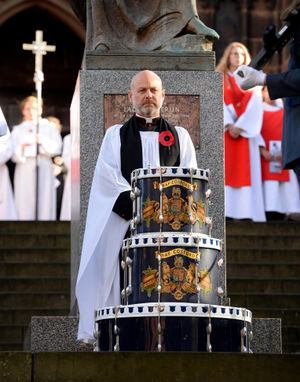
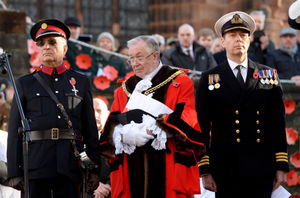
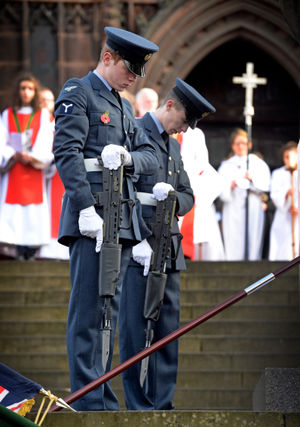
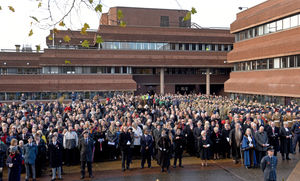
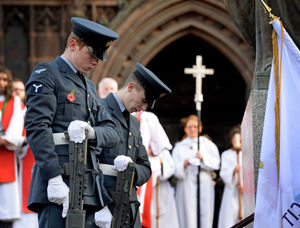
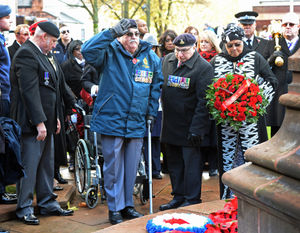
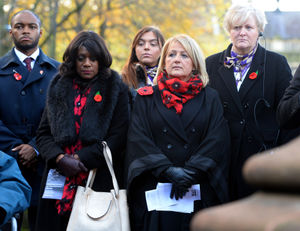
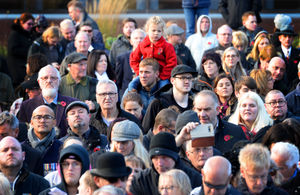
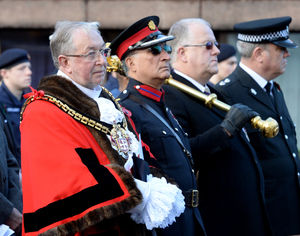
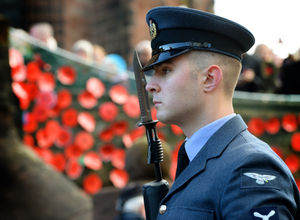
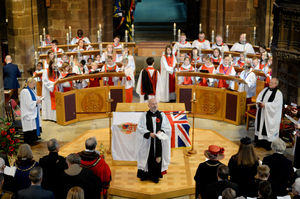
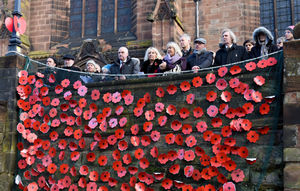
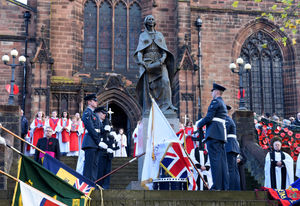
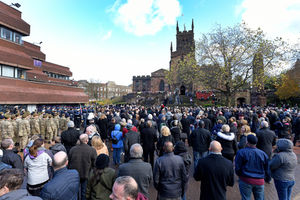


"The plaques to local soldiers who were awarded the Victoria Cross, the silent soldiers, the new poppy themed benches – all of this work has served to remind today’s generation about the incredible sacrifices made by those who fought in past wars.
"It is very important that we remember what those in the past did for us, not just this year but also next year and in the future too.”
A service at the Royal Air Force Museum, in Cosford, began 10.45am and featured Cosford Military Wives Choir and the sounding of the Last Post.
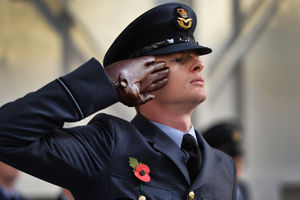
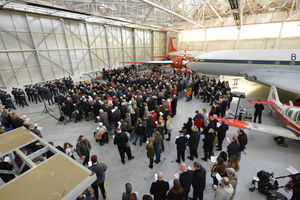
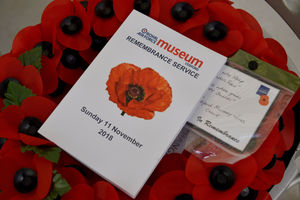
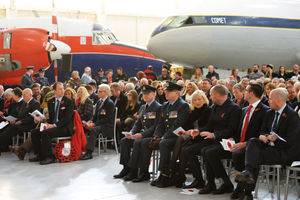


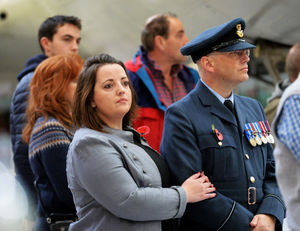
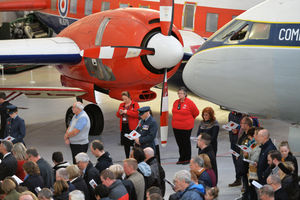
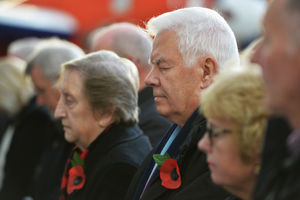
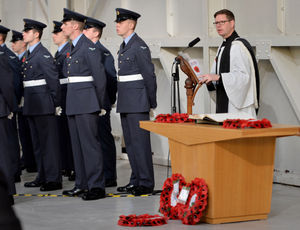

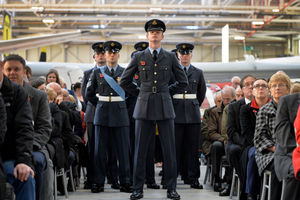


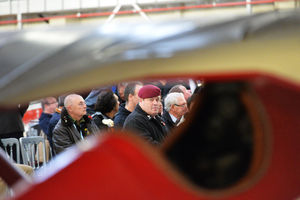
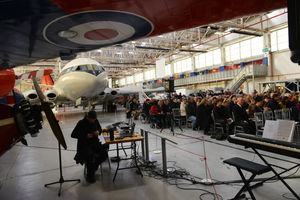
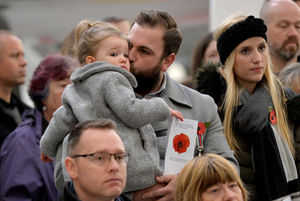
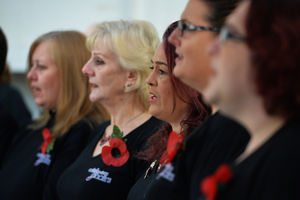
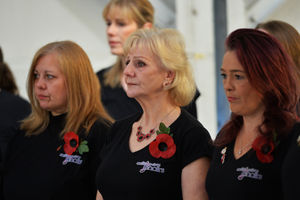
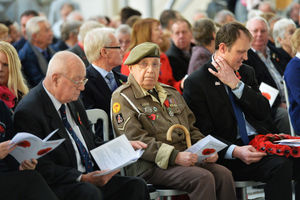
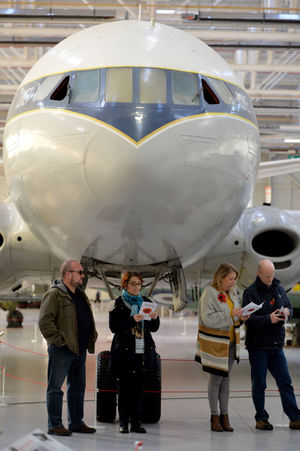
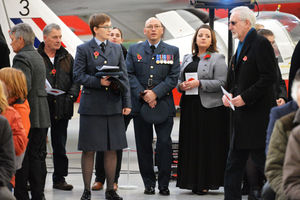

The memorial at the former Rushall Library saw families gather to mark the anniversary, with a new commemoration stone displayed to visitors, alongside silhouettes of soldiers.
Crowds of people joined Dudley's commemorative event marking 100 years since the end of the First World War at Ednam Road's Cenotaph.
Servicemen and women marched through the town centre alongside community groups before a moving service and two-minute silence were held.
Community-organised services also took place in other areas including Stourbridge, Halesowen, Gornal, Kingswinford, Lye, Netherton, Quarry Bank, Wall Heath, Wordsley and Sedgley.
Mayor of Dudley Councillor Alan Taylor said: "It was fantastic to see such a good turnout in Dudley to remember those who went off to war to defend our freedom, sadly never to return.
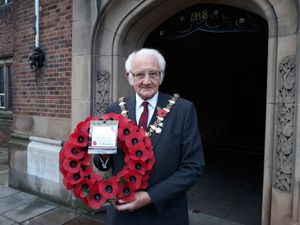
"I am sure it will have been reciprocated at all the other events around the borough, and is a strong sign that we will never forget our past.
"On this day, the 100th anniversary since the guns fell silent, it is even more important to remember the sacrifices made by people all those years ago.
"I would like to personally thank everyone who came, it was a very poignant and fitting tribute.”
A special tribute was also made during Dudley's Remembrance Sunday service, with silhouettes placed on empty chairs which were among war veterans who attended the event.
The transparent silhouettes formed part of the national ‘There But Not There' campaign as a reminder of the fallen soldiers of the First World War.
A number of Remembrance services and parades were held throughout Sandwell, with waves of people joining events in Oldbury, Rowley Regis, Smethwick, Tipton, Wednesbury, West Bromwich, Great Barr and Dartmouth Park.
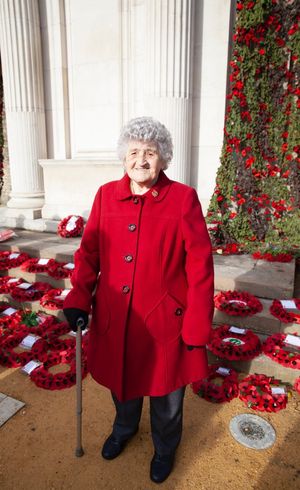
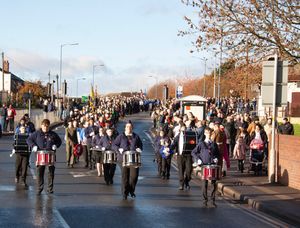
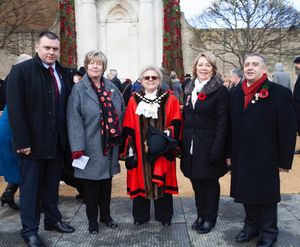
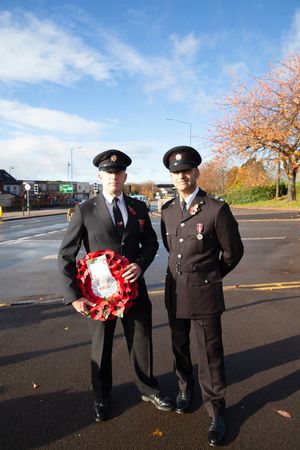
Mayor of Sandwell Councillor Joy Edis, who joined a service at Wednesbury's Memorial Gardens, said: "It's very important we remember the sacrifices made in the two world wars and more recent conflicts. This year’s services were especially poignant as we marked the centenary of the end of the Great War.”
Deputy Mayor of Sandwell Councillor Carol Goult paid tribute to the nation's war heroes at a service at Oldbury Civic Square., while a beacon on the Rowley Hills was lit in the evening.
Councillor Steve Melia, chairman of the Sandwell Armed Forces and Veterans Parades' Committee, added: “These parades and services are important as we commemorate wars from the past and show our support for our armed forces.”
Community members also turned out for Bridgnorth's Remembrance Sunday ceremony at Castle Grounds, which was followed by a service at St Leonard's Church.
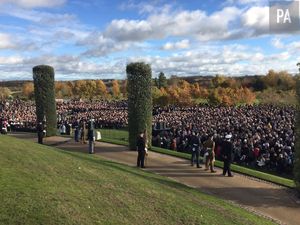
Staffordshire National Memorial Arboretum also hosted an open-air service of remembrance at the base of the Armed Forces Memorial.
The Duke and Duchess of Gloucester, the Lord Lieutenant of Staffordshire, representatives from the Armed Forces, the Minister of State for Defence Earl Howe, The Royal British Legion’s Director of Fundraising joined thousands of members of the public.
Staffordshire County Council leader Councillor Philip Atkins said: "We are incredibly proud to have the National Memorial Arboretum here in Staffordshire and it’s wonderful to see the site playing such an important role in these special commemorations.
“The Arboretum is now truly a world class centre of remembrance and ideally placed to take centre stage for such an important anniversary. Both the candlelight vigil and service on Armistice Day was a fitting way to remember and commemorate the end of the Great War and those brave men and women who made the ultimate sacrifice giving up their lives for our freedom.”
In Walsall, a wreath-laying ceremony took place at the Carless VC Memorial before a parade to the cenotaph for a service.
The memorial at the former Rushall Library saw families gather to mark the anniversary, with a new commemoration stone displayed to visitors, alongside silhouettes of soldiers.
There was also a service in Walsall Wood.

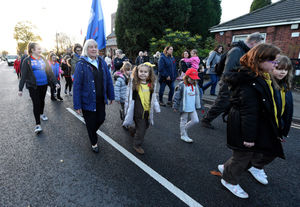
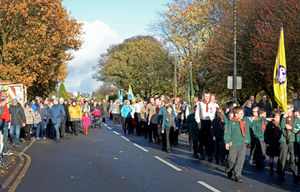
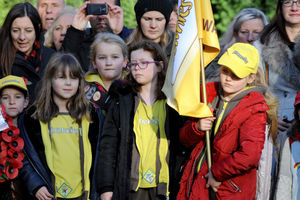
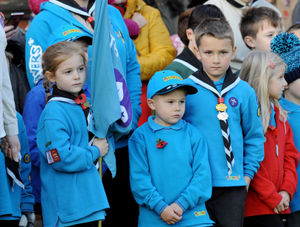
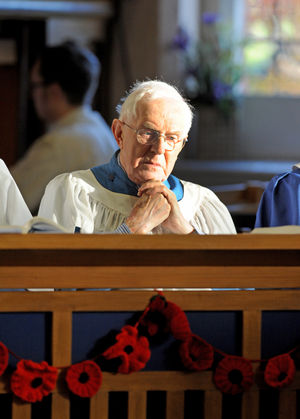

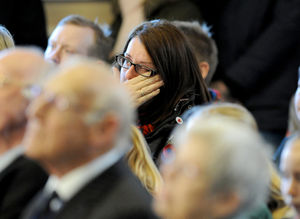
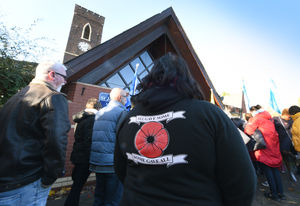
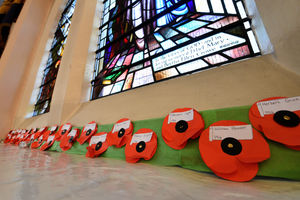
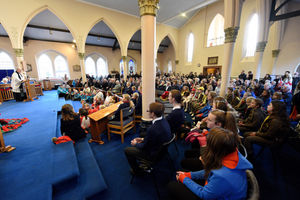
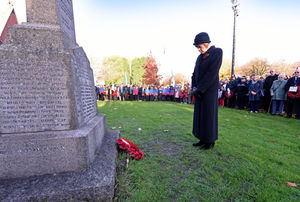
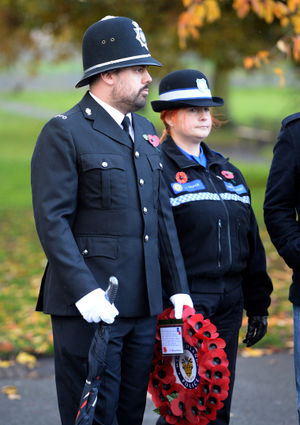

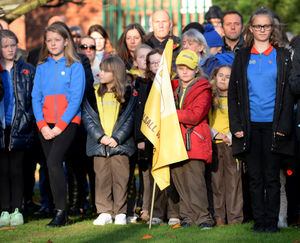
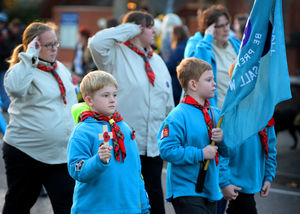
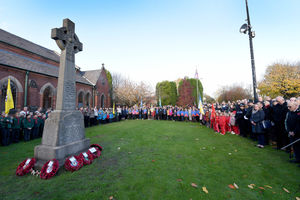
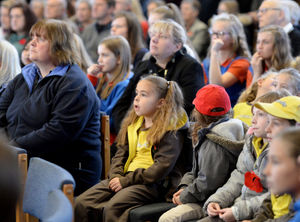
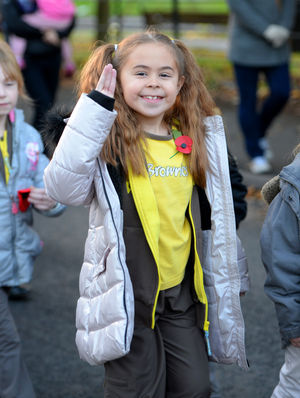
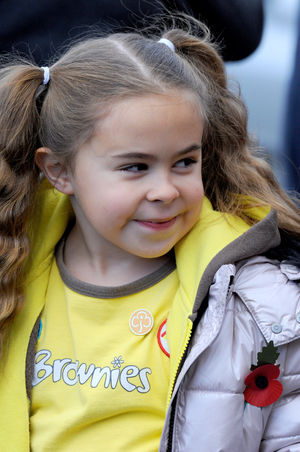
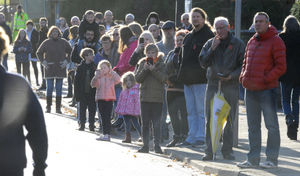
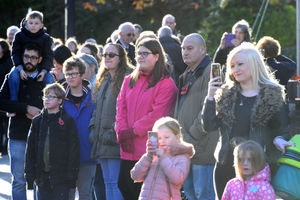
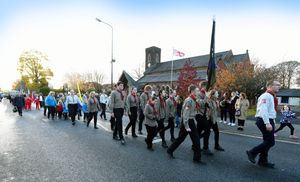
Families also gathered to watch a parade from Cannock's South Staffordshire College to the cenotaph, while an Act of Remembrance took place at Stafford Borough War Memorial.
There was also a parade at Hednesford's War Memorial.
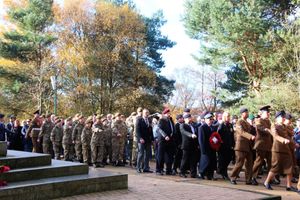


In the lead up to the region's Remembrance Sunday services and event, the Hednesford branch of the Staffordshire Regiment Association have tidied the graves of fallen soldiers.
Volunteers have spent the past 18 months tending to neglected graves which had become overgrown and untidy at Cannock Cemetery.
A Royal Artillery regiment also helped to finish off reading a Roll of Honour in Wolverhampton, which contains the names of almost 50,000 fallen soldiers.
Various Royal Artillery regiments in the British Army began reading part of it on Monday, with the remaining names read aloud across the UK on Saturday.
The names were read at Jeffcock Road Cemetery in Penn Fields during the morning before the reading was finished in St Helen's, Merseyside, later that day.
There was also a one-off performance of 'The Soldier's Tale' at the bandstand within Willenhall Memorial Park on Saturday.
Visitors donned their winter woollies and watched on as the sacrifices of soldiers was played out in front of them.
The moving story of the lead up to the Armistice agreement was under the spotlight at Staffordshire University Academy, as performers used music, dance and drama to bring history back to life.


